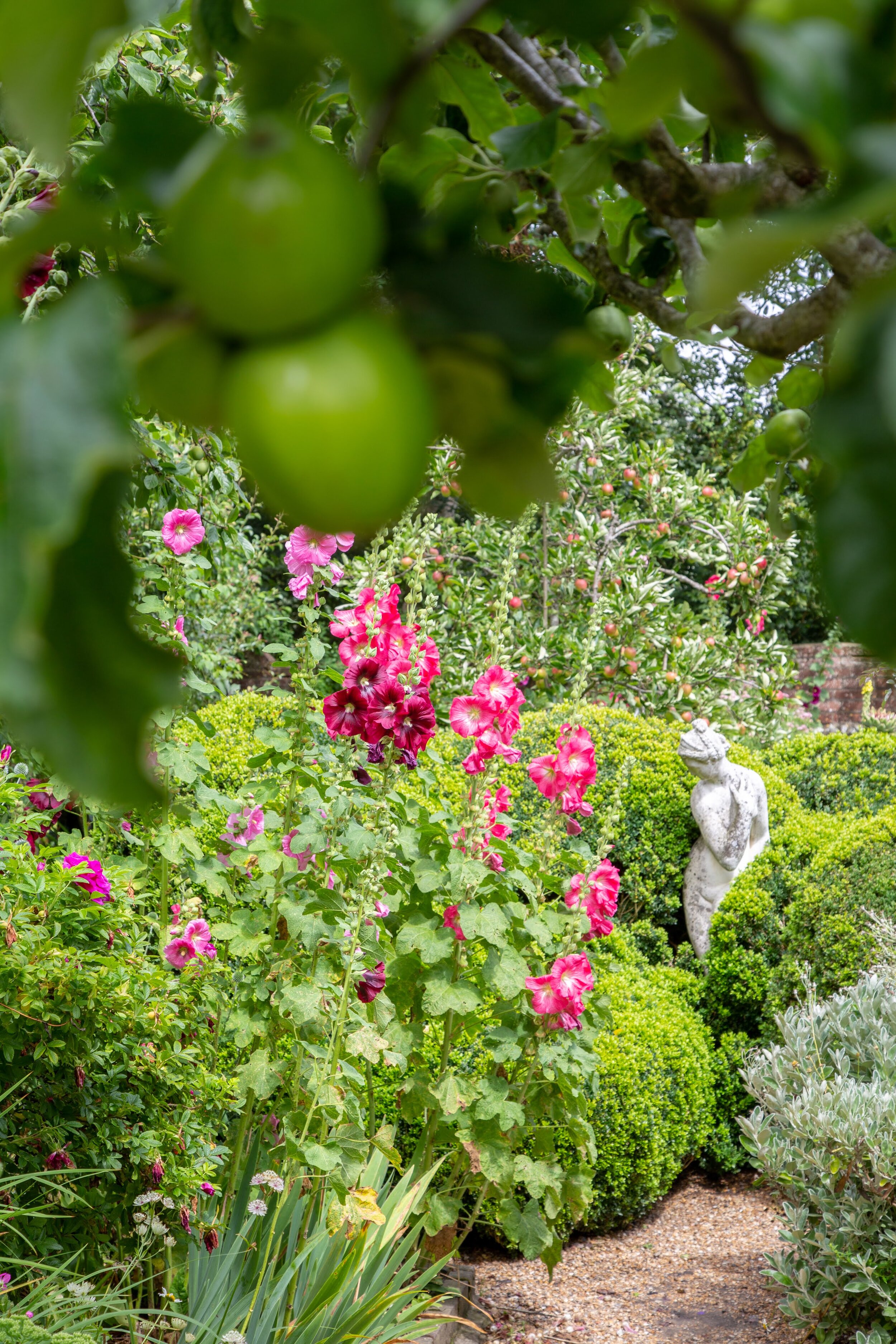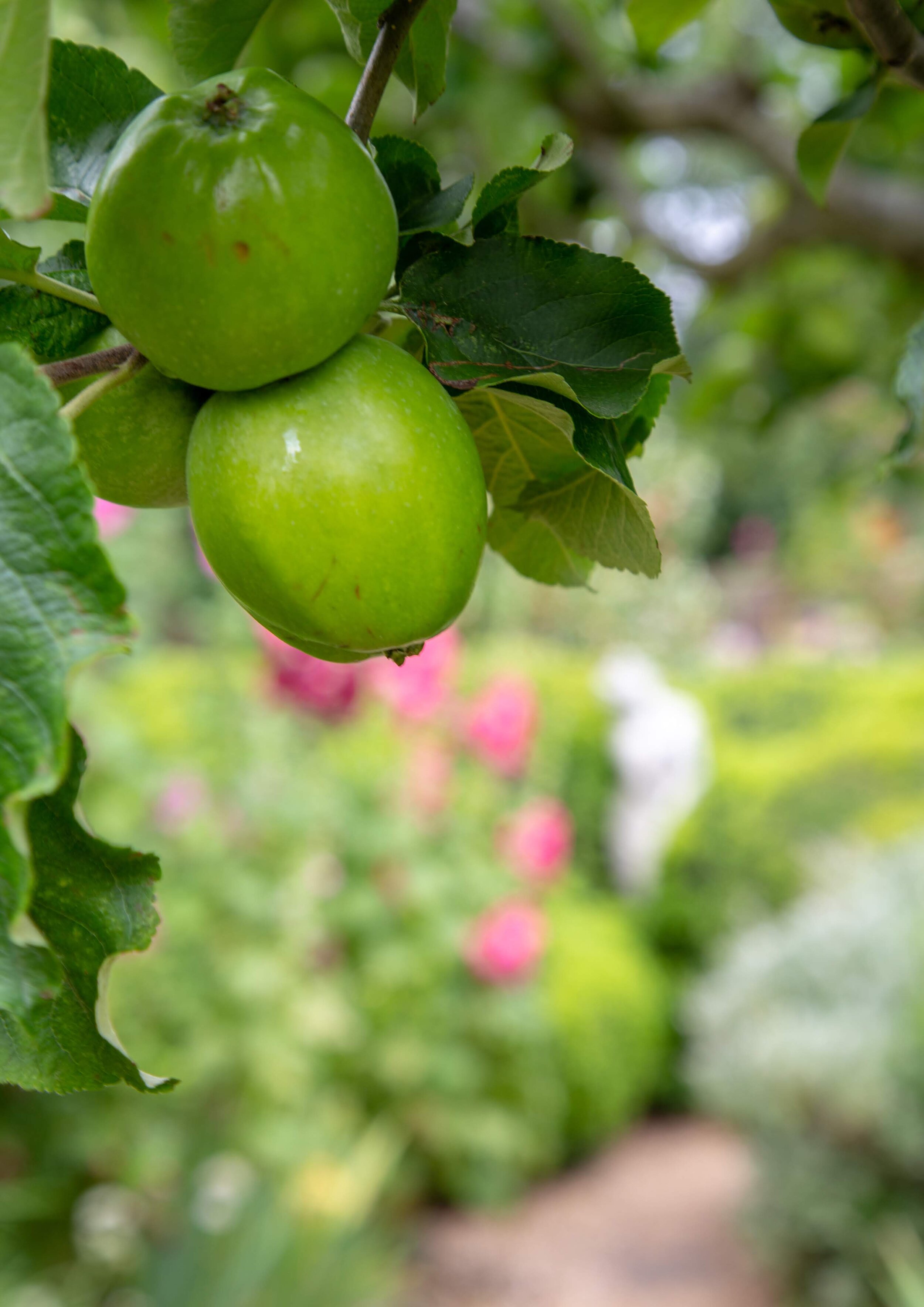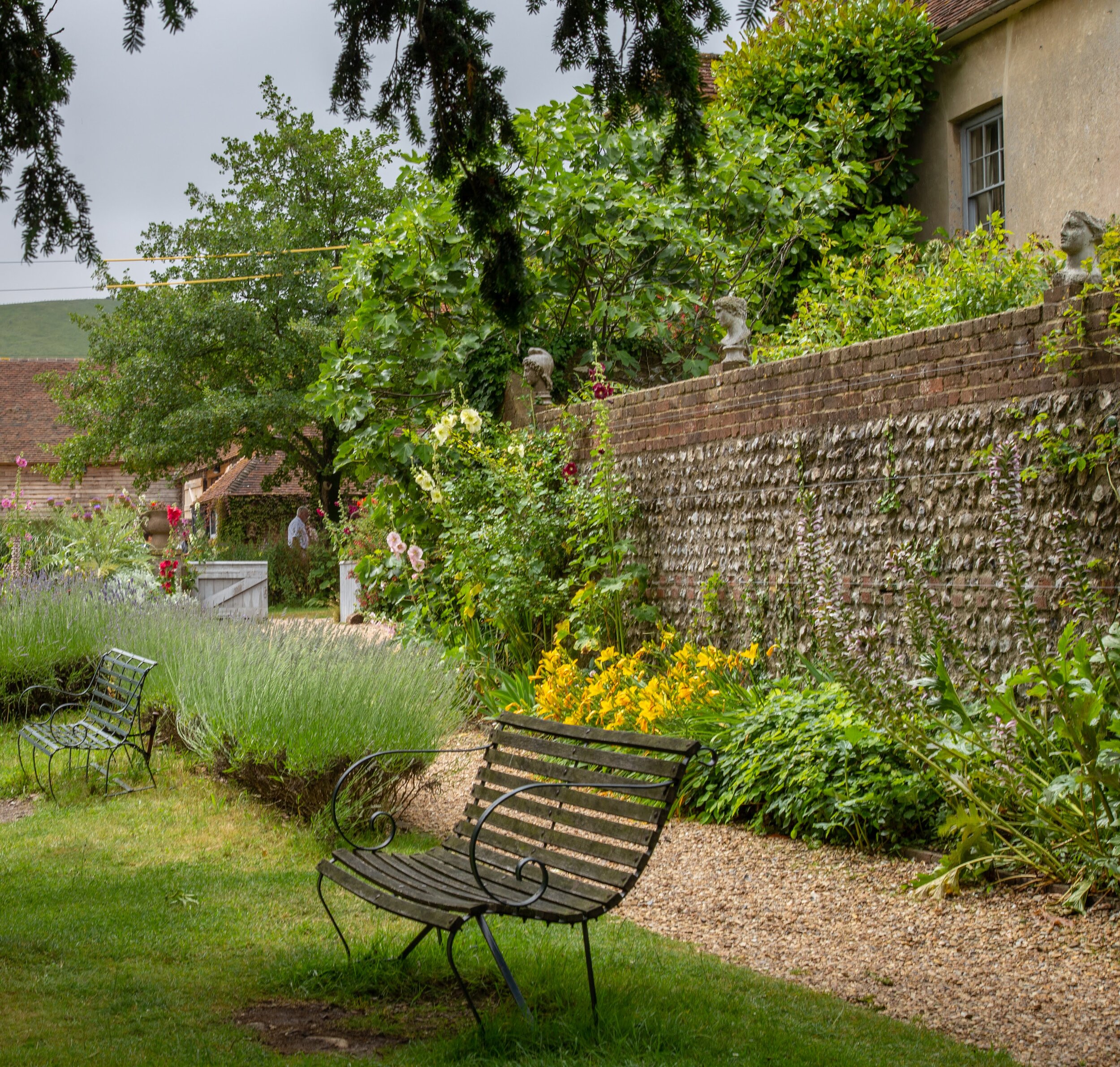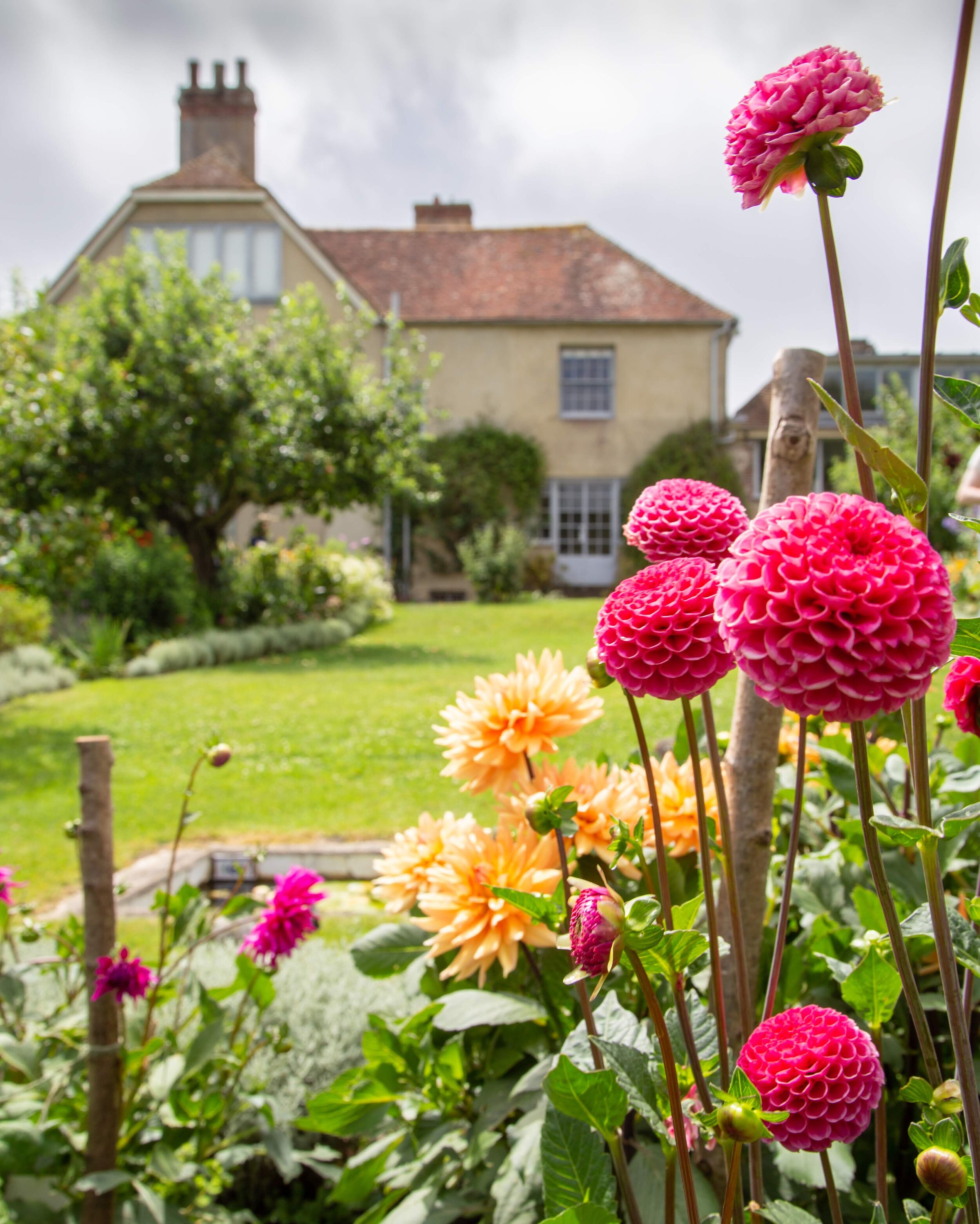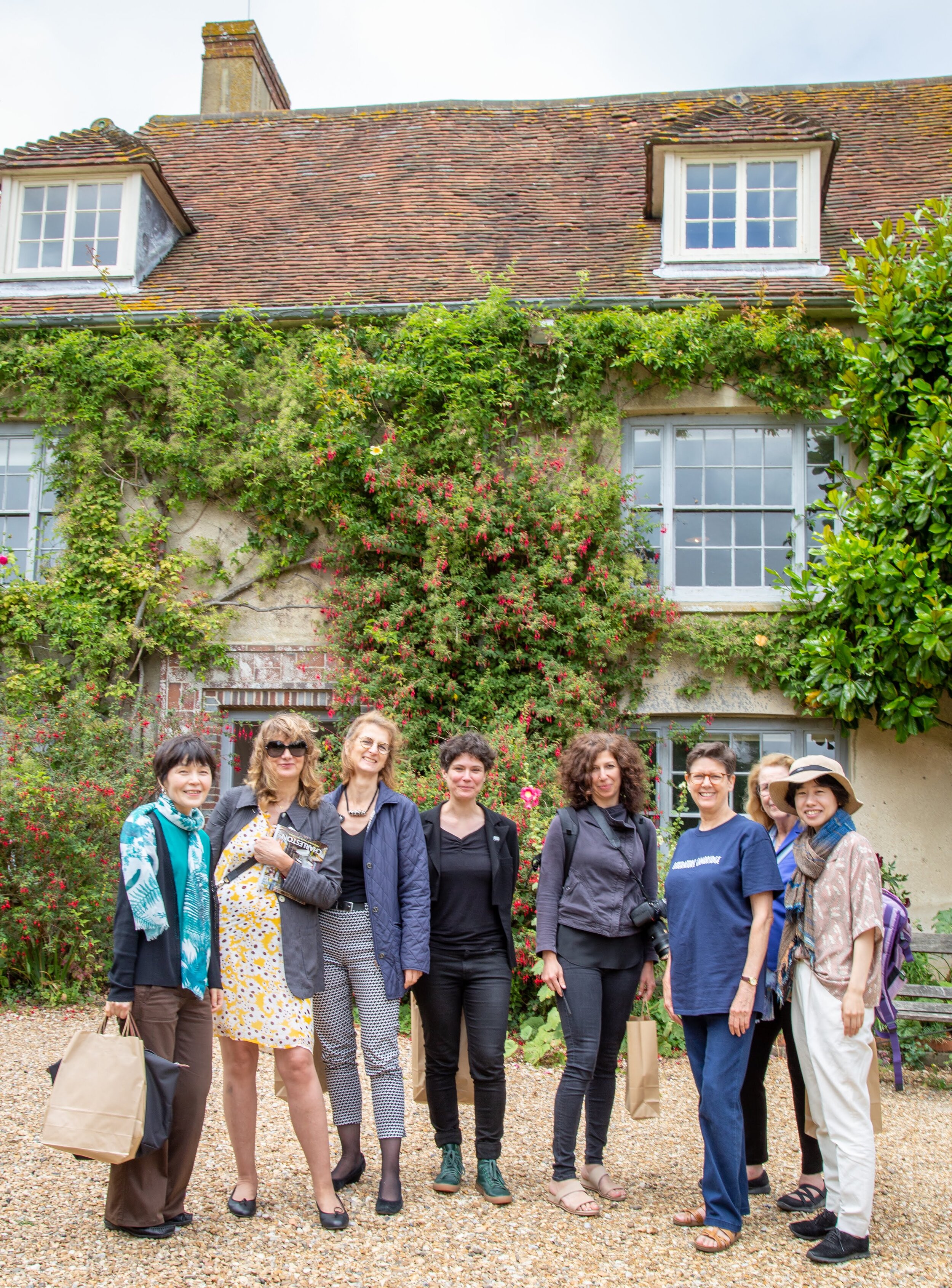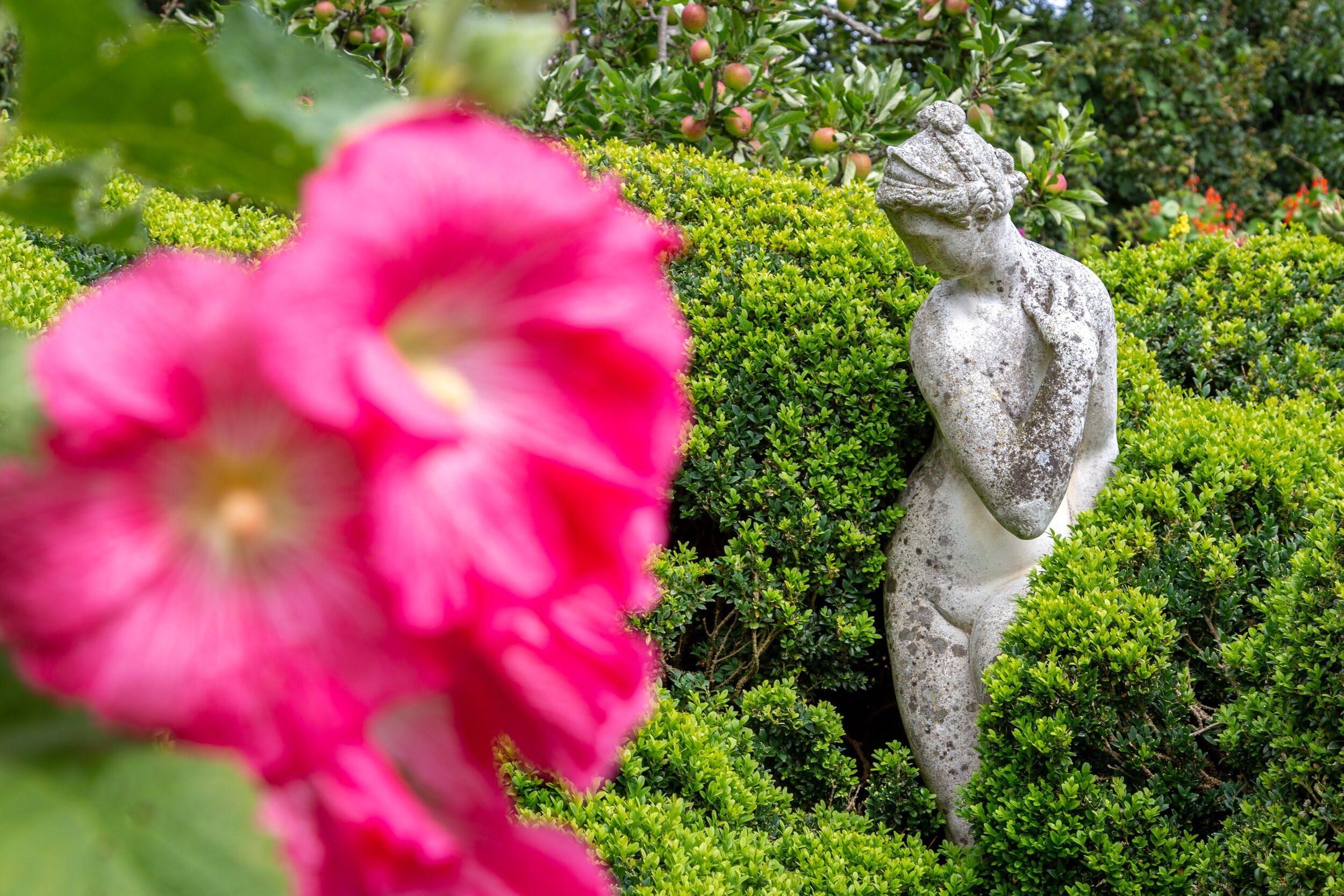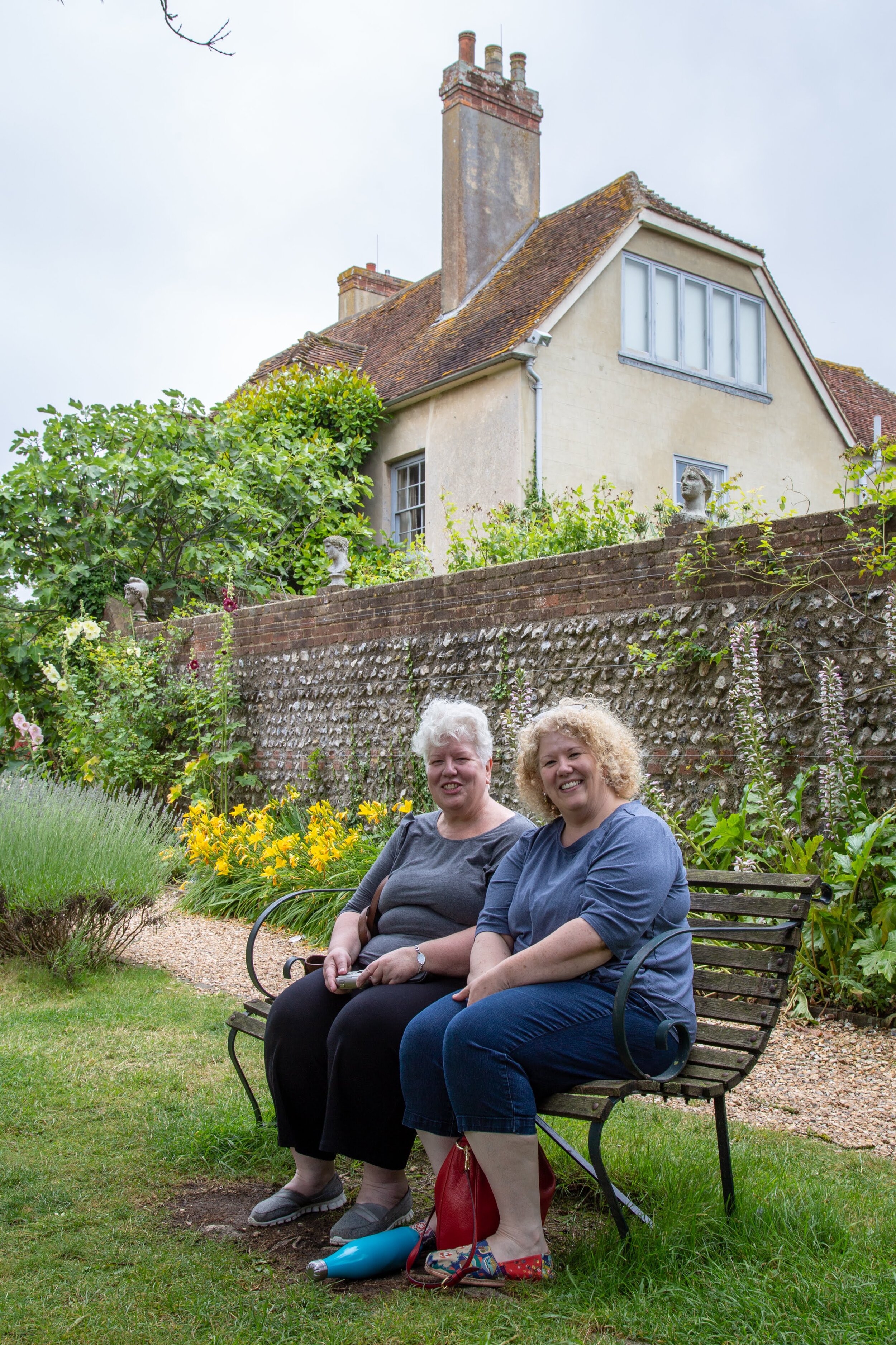A Visit to Charleston Farmhouse
Suellen Cox, who comes from the US, attended the Woolf’s Gardens summer course, and here describes our visit to Charleston
*
A unique house in the East Sussex countryside; an abundance of post-impressionist art in frames, on walls and doors, furniture and textiles; a glorious July garden in full bloom. Extraordinary.
As part of the Literature Cambridge 2019 summer course Virginia Woolf’s Gardens, our class had the opportunity at the end of the week to visit Vanessa Bell’s Charleston farmhouse, as well as Leonard and Virginia’s Monk’s House in Rodmell.
In 1916, during World War I, Bell moved her family from London to Charleston. Duncan Grant joined them, and during the ensuing years Charleston became a literary and artistic gathering place for Bloomsbury writers, intellectuals, and artists.
This visit was for me one of the highlights of our Literature Cambridge week. I had visited Charleston before, in 2002, and I was looking forward to once again walking through the rooms of this remarkable house. I was also curious to see the results of the recent conservation and restoration efforts of the Charleston Centenary Project and the new gallery spaces.
The dining room is decorated with dark stencilled wallpaper, Quentin Bell’s whimsical ceramic lampshade, and a memorable round table decorated with Vanessa’s unique designs. The garden room with Duncan’s painted figures above the fireplace, and the cushion covers designed by Vanessa and embroidered by Duncan’s mother Ethel Grant, are delightful to see. The main studio is filled with Duncan Grant’s brushes and jars, the tiles around the fireplace designed by Vanessa, and the unfinished bust of Virginia Woolf by Stephen Tomlin. There is also a glass-fronted cabinet with several pieces of the Famous Women Dinner Service designed and painted by Vanessa and Duncan.
Clive Bell’s bedroom, filled with his collection of French books and paintings, is brightened by the painted corner cupboard and the antique bed painted by Vanessa. She also painted the decorations around the window in Duncan Grant’s bedroom and several more of her paintings are there. There are some very interesting paintings in Maynard Keynes’s bedroom, including The Duomo, Lucca painted by Vanessa Bell on one of her many road trips through Italy, and a painting of Charleston also done by Vanessa. Also in this room is a fascinating piece of furniture: the colourful Morpheus headboard painted by Duncan for Vanessa.
For me, perhaps the loveliest room at Charleston is Vanessa Bell’s ground floor bedroom. The view of the garden from the bedroom’s French doors and window is simply breathtaking. The room contains her writing desk, two adjacent paintings done by Vanessa of her son Julian as a baby, a cupboard decorated by Vanessa, curtain fabric designed by Vanessa, and of course the bed where she died on April 7, 1961.
The garden in mid-July was a riot of colour, attractive shapes, and lovely fragrance. Mauve, scarlet and pink hollyhocks were everywhere, as were dusty millers, foxgloves, lavenders, orange and red poppies, yellow tiger lilies, purple and white iris, red hot pokers, burgundy mallows, purple artichoke flowers, white roses, and an abundance of ripening apples on numerous apple trees.
It was such a joy to walk through this unique, creative, and inspiring house, and then stroll leisurely through the garden with my Literature Cambridge classmates. Many thanks to Trudi Tate for giving us the opportunity to share this extraordinary experience. It was a highlight.
*
You can read other students’ accounts of our courses:
Juliane Römhild
Francine Danniau
Beatrice de Pauw
And see Blogging Woolf for detailed posts about our 2019 course.
Photos by Jeremy Peters @JezPete

